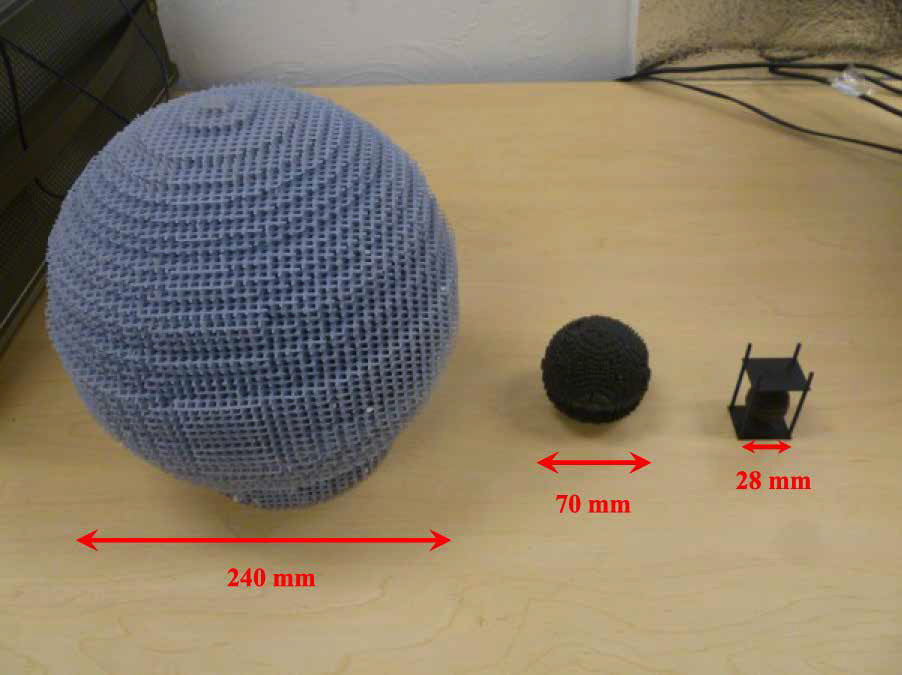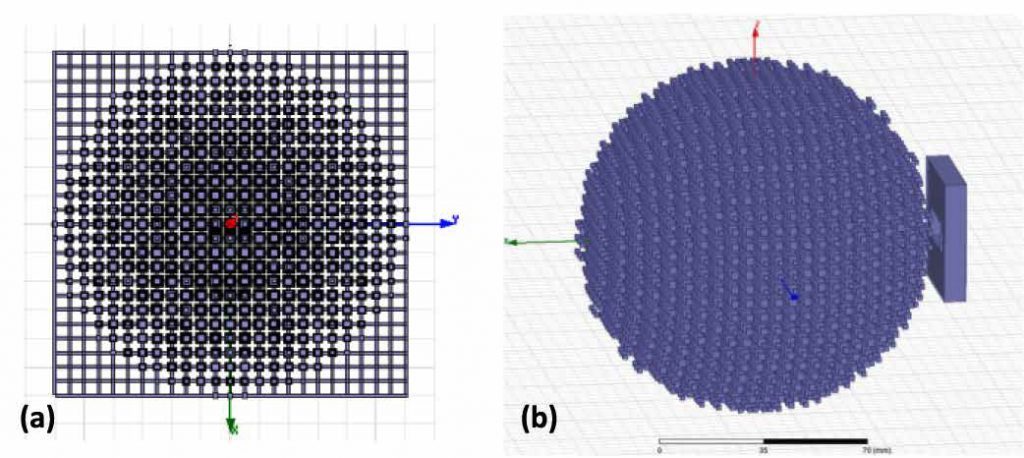A University of Arizona startup, Lunewave Inc. is currently developing a new type of low-cost sensor technologies, affordable for cars.
The reality is that the majority of cars with a driver assistance systems have a set of expensive sensors. From ultrasonic and infrared to optic, one inconvenient is that they are limited by weather and range.
Lunewave Inc proposes a single device as a solution: 3D printed Lüneburg lens antennas that can provide wireless communications and sensing. According to the research team, they “will be a key enabler for future autonomous driving applications”.

Creation of Lüneburg lenses
First of all, Lüneburg come from the name of Rudolf Lüneburg, a mathematics’ professor who proposed a first design of lenses many years ago, in 1944.
Today, the research team comprises Hao Xin, PhD, professor in the UA Department of Electrical and Computer Engineering, the university’s College of Engineering and assistants Min Liang, PhD and Siyang Cao, PhD.
With the aim to improve radar reflectivity, the lenses propose a 360 degree view of the world. They read distances by gathering and analysing electromagnetic waves (visible light, microwaves, infrared, etc.). Furthermore, a coding design is integrated to help the lens to ‘see’ better.

Very soon on the road?
Among the organizations that encourage this innovation, we count a National Science Foundation that approved the project and rewarded the research team. .
For Bob Sleeper, TLA licensing manager at UA College of Engineering, the award is intended for research and development to improve this innovation.
“Lunewave has the technology and leadership to significantly change the way connected and autonomous vehicles “see” the world around them.”

Could we expect to see these 3D printed Lüneburg lenses integrated in cars in 2018?
For further information about 3D Printing, follow us on our social networks and subscribe to our newsletter!
//pagead2.googlesyndication.com/pagead/js/adsbygoogle.js
(adsbygoogle = window.adsbygoogle || []).push({});





